|
LARGE VALVES – 2.25" Diameter. May have a T-Handle Release, 1/4" Nut Release, or a Cam Release.
|
|
T-Handle Release –
- Turn the T-handle counterclockwise to open the valve. The T-handle should turn easy at first and then meet some resistance as it compresses a spring. The T-handle will have to turn approximately 4 ½ full turns to fully open the valve.
- When closing the valve, the T-handle only has to be snug. Do not over tighten.
1/4" Nut Release –
The nut release is located under a plastic cap in the center of the valve between the two wires.
- Remove the cap.
- Use a ¼” nut driver to turn the nut counterclockwise. DO NOT turn the nut more than 2 full turns. Turning the nut more than 2 turns will damage the valve.
- When closing the valve, the nut release only has to be snug. Do not over tighten.
- Replace the plastic cap to keep debris out of the valve.
|
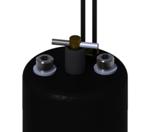
|
|
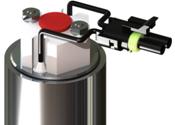
PLASTIC CAP
|
|
Cam Release –
When the valve is closed, the cam release sticks straight out from the valve and should seem loose.
- To open the valve, move the cam 90 degrees from the closed position. The cam can rotate to any position on the valve but can only be move to the open position in one direction. If pushed the wrong way, the valve will be damaged.
- Make sure the cam is loose when it is moved back to the closed position.
|
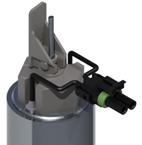
VALVE CLOSED
|
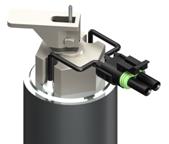
VALVE OPEN
|
|
SMALL VALVES – 1.5" Diameter. May have a 1/4" Nut Release or a Cam Release.
|
|
¼” Nut Release –
The nut release is in the center of the valve between the two wires. There is a small jam nut on top of the main ¼” release nut. DO NOT loosen the small nut.
- Use a ¼” nut driver to turn the nut release counterclockwise. DO NOT turn the nut more than 4 ½ turns, damage to the valve may occur.
- When closing the valve, the nut needs only be snug, do not over tighten the nut.
|
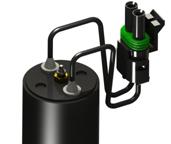
NUT RELEASE
|
|
Cam Release –
When the valve is closed, the cam release sticks straight out from the valve and should seem loose.
- To open the valve, move the cam 90 degrees from the closed position. The cam can rotate to any position on the valve but can only be move to the open position in one direction. If pushed the wrong way, the valve will be damaged.
- Make sure the cam is loose when it is moved back to the closed position.
|

VALVE CLOSED
|
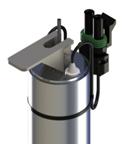
VALVE OPEN
|







